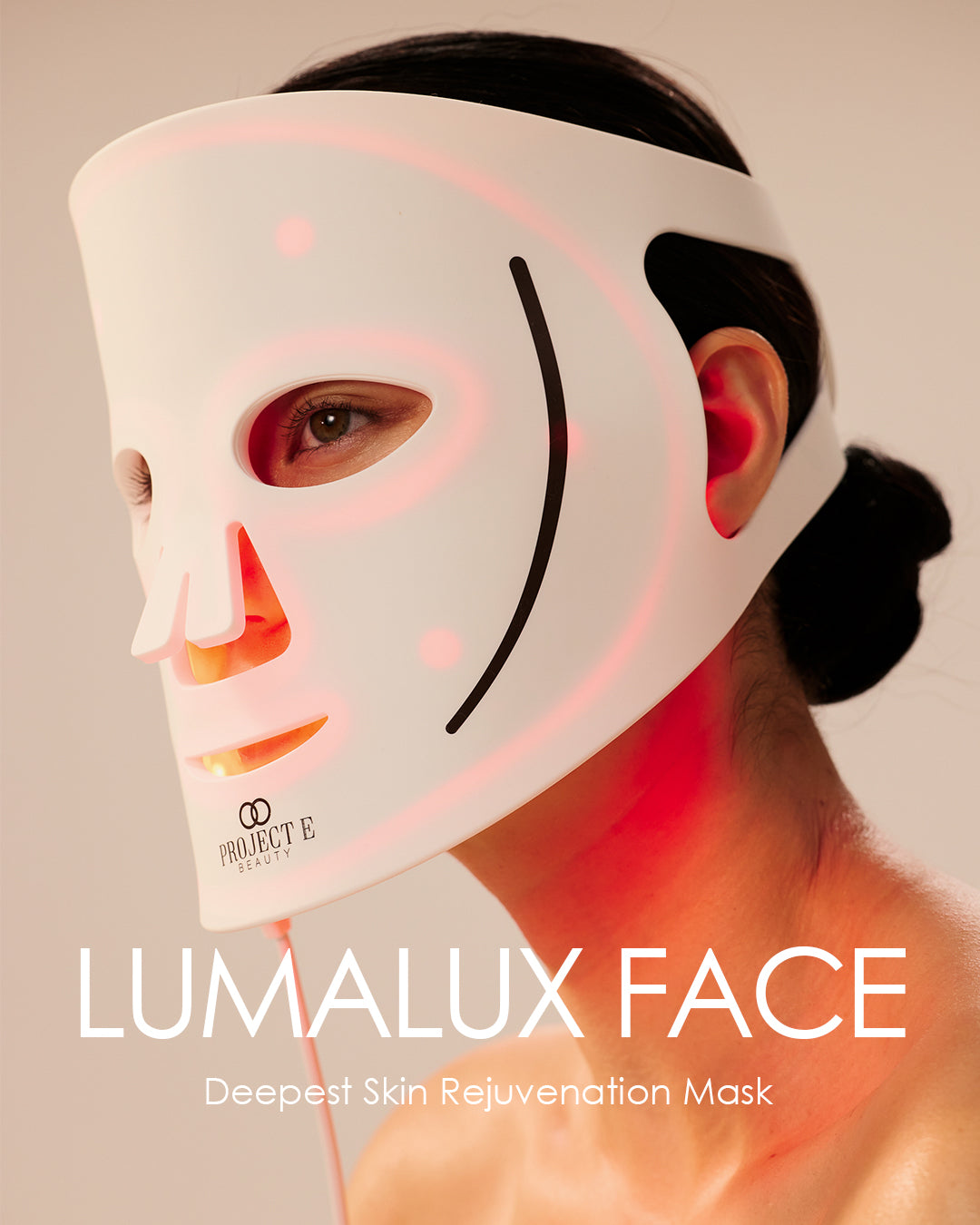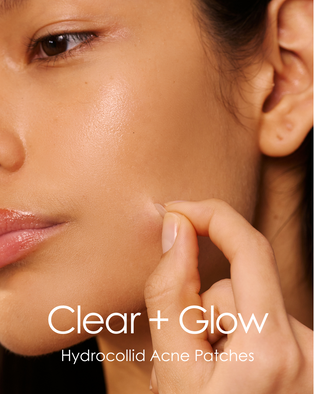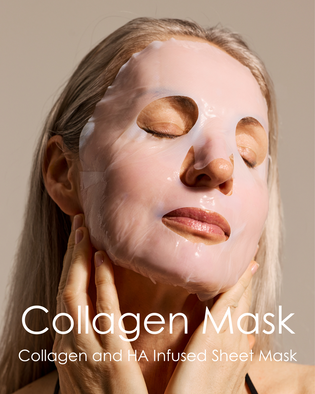
Is Red Light Therapy Good For Menopause
IN THIS ARTICLE:
- 01 What Are the Symptoms of Menopause
- 02 What is Red Light Therapy?
- 03 How Does Red Light Therapy Help with Menopause?
- 04 Red Light Helps with Collagen Loss
- 05 Red Light Helps with Pain Relief
- 06 Red Light Helps with Hormone Balance
- 07 Red Light Helps with Sleep
- 08 Red Light Helps with Stress Management and Mood
- 09 Red Light Helps with Confidence
Red Light Therapy for Menopause
Experiencing the symptoms of perimenopause and menopause can be life-altering. Menopause marks the end of a woman’s reproductive years and begins after 12 consecutive months without a period. For most women, it happens between the ages of 45 and 55, but some women may go through menopause earlier than this. The stage before menopause is known as perimenopause, the period between the onset of irregular periods and the beginning of menopause. After menopause ends, women can no longer become pregnant, except in rare circumstances.
According to the World Health Organisation, ‘menopause is caused by the loss of ovarian follicular function and a decline in circulating blood oestrogen levels’. Menopause brings with it many hormonal changes, having a wider physical and emotional impact on women. Let's examine an emerging and promising technology for managing the symptoms of menopause– red light therapy.
What Are the Symptoms of Menopause
Symptoms of menopause are primarily hormonal, as the ovaries naturally slow the production of estrogen and progesterone. Symptoms include hot flashes, mood changes, insomnia, vaginal dryness, irregular periods, cognitive problems, bladder and urinary issues, depression and anxiety.
What is Red Light Therapy?

Red light therapy is the use of red light wavelengths to trigger certain cellular responses. The red light enters the cell and is absorbed by photons, which induces stimulatory effects and a wide range of benefits such as enhanced collagen production, reduced inflammation, pain relief, stress control, sleep, mood, and more. The use of light as a healing mechanism is not a new phenomenon, but specific red light wavelengths are clinically proven to trigger beneficial effects. These specific wavelengths, which include 630nm and 660nm red light wavelengths, are referred to as the ‘therapeutic window’ - a specific range of light wavelengths, scientifically proven to produce optimal biological effects on the body.
How Does Red for Menopause Symptoms, How Does it Work?
Red light treatments essentially boost cellular energy and overall cell health. During menopause, many cellular functions begin to slow, leading to symptoms such as skin changes, pain, inflammation, low energy, sleep interruptions, and more. Simply put, red light can re-energize the cells to alleviate many of these symptoms and improve overall quality of life. Let’s take a closer look.
Red Light Helps with Collagen Loss

According to the American Academy of Dermatology, a woman’s skin loses 30% of its collagen during the first 5 years of menopause. This is largely due to a sharp decline in estrogen levels, menopause signals the end of the estrogen-producing function of the ovaries. The hormone estrogen is primarily responsible for female reproductive development and function, but it also plays a role in the skin’s ability to produce collagen. Estrogen binds with receptors in the skin known as fibroblasts. Fibroblasts are mesenchymal cells responsible for the production of collagen. In essence, estrogen binds fibroblasts, and fibroblasts produce collagen. It is then easy to see how a decline in estrogen during menopause leads to more severe collagen loss, the formation of wrinkles, dry skin, loss of strength, and sagging. The good news is, however, red light therapy is scientifically proven to stimulate the production of new collagen and elastin in the skin. Using a red light therapy device before, during helps to mitigate the effects of declining estrogen and boost skin health and appearance. Beyond the aesthetic benefits, it is essential to maintain as much collagen as possible as we age to support healthy aging, independence, and an enhanced quality of life.
Red Light Helps with Pain Relief
Unfortunately, pain and inflammation are very common symptoms of menopause and can range from mild to severe. This is due to several factors, such as hormonal fluctuations, and changes in pelvic and breast tissue. Joint and muscle pain, headaches, stiffness, pelvic pain, fibromyalgia, and breast tenderness are all common side effects of menopause.
The link between red light therapy and pain relief is well established. 630nm and 660nm red light wavelengths are widely used to reduce pain and inflammation in the body. Light wavelengths reduce pain by regenerating new cells, restoring cell function, and boosting blood circulation. It also accelerates wound healing and targets joint pain. Infrared light therapy, particularly 850nm wavelengths, is closely linked to reducing pain and inflammation, as shown in this randomized controlled trial. Infrared wavelengths are longer than red light wavelengths, so they penetrate deeper into the skin, even reaching tissue, nerves, and cells to support pain relief. For targeted pain relief during menopause, it is best to invest in a device that combines both red and infrared light wavelengths.
LumaLux Face | Pro LED Light Therapy Mask
Our most advanced LED mask for deeper skin renewal - fine lines, acne, hyperpigmentation, skin texture
Red Light Helps with Hormone Balance
Along with puberty, menopause is one of the most significant periods of hormonal change we, as women, experience. Estrogen and progesterone and testosterone decline, while follicle-stimulating hormone (FSH) and luteinizing hormone increase. Red and infrared light therapy wavelengths have been shown to regulate hormone production to alleviate symptoms of more severe hormonal fluctuation. Hormones are produced by several different glands in the body, including the adrenal glands (cortisol), the gonads (sex hormones, ovaries for women) thyroid (thyroid hormone), and the parathyroid (parathyroid hormone). While the sex hormones are directly impacted in menopause, it is also very common for women who experience menopause to develop issues with the thyroid and adrenal glands. For example, this study demonstrates the effectiveness of red light therapy in regulating thyroid function for patients with hypothyroidism, a common side effect of menopause. Red light therapy can help to lessen dependence or replace thyroid medication levothyroxine.
Red light can regulate the production of testosterone helping to regulate sex drive and maintain muscle mass during menopause.
Red Light Helps with Sleep
Hormonal fluctuations experienced during menopause induce a range of sleep issues and disturbances. This is mainly linked with estrogen decline, which inhibits the production of serotonin, responsible for balancing sleep and mood. Changes in body temperature and cortisol levels may also contribute to restlessness and sporadic sleep patterns. Red light therapy is linked to improved sleep outcomes in 4 ways.
- It boosts melatonin production, the hormone responsible for making us fall asleep faster and keeping us asleep for longer
- Reduces sleep inertia or morning grogginess
- It regulates circadian rhythm by signally to the brain it is time to wind down
- It promotes overall relaxation by reducing cortisol levels
Red Light helps with Stress Management and Mood
 As we know, there is a clear and proven link between mood and hormonal fluctuations. Menopause can lead to elevated cortisol levels. Cortisol the ‘stress hormone’ leads to skin change, anxiety and depression, and high blood pressure when left unchecked. Both red and blue light are linked to cortisol regulation, allowing the body to manage stress and achieve a more balanced hormonal environment.
As we know, there is a clear and proven link between mood and hormonal fluctuations. Menopause can lead to elevated cortisol levels. Cortisol the ‘stress hormone’ leads to skin change, anxiety and depression, and high blood pressure when left unchecked. Both red and blue light are linked to cortisol regulation, allowing the body to manage stress and achieve a more balanced hormonal environment.
Red Light Helps with Confidence
It is certainly not a stretch to say, menopause is a time of intense inner and outer change for women and their relationships to their bodies and to the world. Red light therapy improves overall feelings of happiness and well-being by enhancing physiological processes that may slow down with age. Menopause compromises our body’s ability to perform certain functions as it once did, leaving women feeling isolated and alone. Learning to navigate this new terrain can be tricky, but relying on red light as a vital energy source to help our bodies through this unfamiliar time can help us start to feel a little more at home, a little more confident and little more ourselves.

written by Olivia Khader













Leave a comment
This site is protected by hCaptcha and the hCaptcha Privacy Policy and Terms of Service apply.